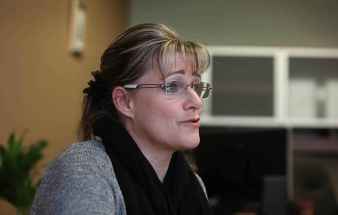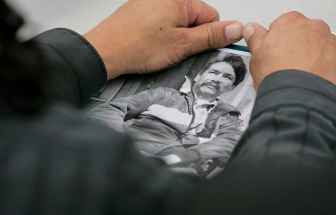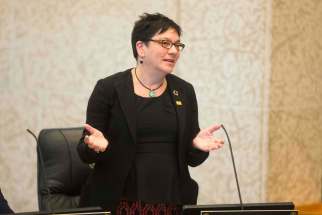A safe place in scary times Specially trained investigators gain the trust of abused children in an environment designed to make them feel secure about opening up
Read this article for free:
or
Already have an account? Log in here »
To continue reading, please subscribe:
Monthly Digital Subscription
$0 for the first 4 weeks*
- Enjoy unlimited reading on winnipegfreepress.com
- Read the E-Edition, our digital replica newspaper
- Access News Break, our award-winning app
- Play interactive puzzles
*No charge for 4 weeks then price increases to the regular rate of $19.00 plus GST every four weeks. Offer available to new and qualified returning subscribers only. Cancel any time.
Monthly Digital Subscription
$4.75/week*
- Enjoy unlimited reading on winnipegfreepress.com
- Read the E-Edition, our digital replica newspaper
- Access News Break, our award-winning app
- Play interactive puzzles
*Billed as $19 plus GST every four weeks. Cancel any time.
To continue reading, please subscribe:
Add Free Press access to your Brandon Sun subscription for only an additional
$1 for the first 4 weeks*
*Your next subscription payment will increase by $1.00 and you will be charged $16.99 plus GST for four weeks. After four weeks, your payment will increase to $23.99 plus GST every four weeks.
Read unlimited articles for free today:
or
Already have an account? Log in here »
Hey there, time traveller!
This article was published 21/09/2018 (2641 days ago), so information in it may no longer be current.
From the lavender-hued entryway, visitors can see a shelf of brightly coloured toys nestled between the copier and printer – a sign this isn’t a typical office. There are more teddy bears and games tucked inside the wooden cabinets of the family room, alongside soft brown-leather couches that face wall canvases chosen for their sunny pops of turquoise, yellow and orange. It’s a refuge no family looks forward to.
Framed collages of children’s artwork line the hallway, and everywhere you turn there are clusters of silly stuffed animals, cosy textiles and vibrant decor. It’s designed to help kids open up about their darkest realities.
A strategically placed plush tiger peeks out along the corridor to the interview room, where children go when they’re ready to talk about what happened to them.
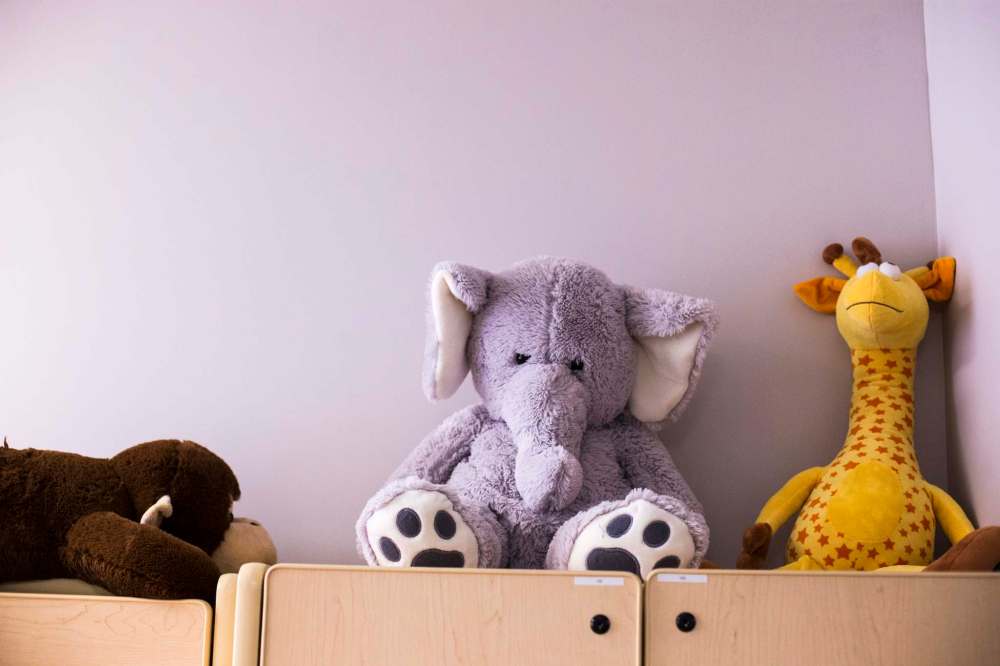
The big, cuddly cat is there to momentarily distract them from the reason for their visit. They are here, in almost every case, because someone hurt them. It’s usually someone they know, someone they trusted. Here, at Manitoba’s only child advocacy centre, a team is working to gain children’s trust and get to the truth.
Now in its fifth year handling reports of sexual and physical abuse against children in Manitoba, Snowflake Place for Children and Youth is running nearly at capacity. Its forensic interviewers see hundreds of children each year who come forward to report abuse. As research evolves on trauma, memory and child development, abuse investigations are changing: interviewers are trying to make sure each child’s statement gets its best chance in court without hindering their healing or compromising justice system standards.
During the past five years, police have referred 1,418 child victims to Snowflake Place. Most of them were girls — between the ages of five and 11 — who disclosed sexual abuse. On average, 60 per cent were Indigenous. The calls keep coming in.
Types of offences 2016-17
Source: Snowflake Place annual report
“When we first opened, we were anticipating maybe 50 referrals. And in our first year, it was just over 200. Over the years, the numbers have increased,” said Cheryl Martinez, Snowflake Place’s executive director. If they had more space — a second, sound-proofed and video-equipped interview room, for example — the centre might be able to take on more cases. As it is, it averages 2.5 cases a day, and Martinez says the maximum is likely three.
“At some point soon, we will be at capacity, because our numbers are continuing to increase because of the awareness that’s out in the community and out within the police community that we exist.”
***

Among the provinces, Manitoba has had the highest rate of police-reported sexual offences against children, 2012 data from Statistics Canada show. Winnipeg had the 10th-highest rate of all urban centres in the country, coming in above the national average of 205 reports per 100,000 people. Those numbers are a glimpse into a much larger problem, since the majority of child abuse cases are never reported to the police.
“We know it’s the most under-reported crime that exists in Canada,” says Noni Classen, director of education at the Canadian Centre for Child Protection.
***
Amid the demand for abuse investigations that support victims and put children first, 24 child advocacy centres have cropped up across Canada, following in the footsteps of established U.S. organizations.
Child advocacy centres are places where police, child-welfare agencies, victims’ services, and, in some cases, health professionals, are meant to work together in the child’s best interest.
Snowflake Place is one of them, a non-profit funded by provincial and federal governments, occupying downtown office space on Portage Avenue since it was founded in 2013. It received $396,473 from the Manitoba government last year.
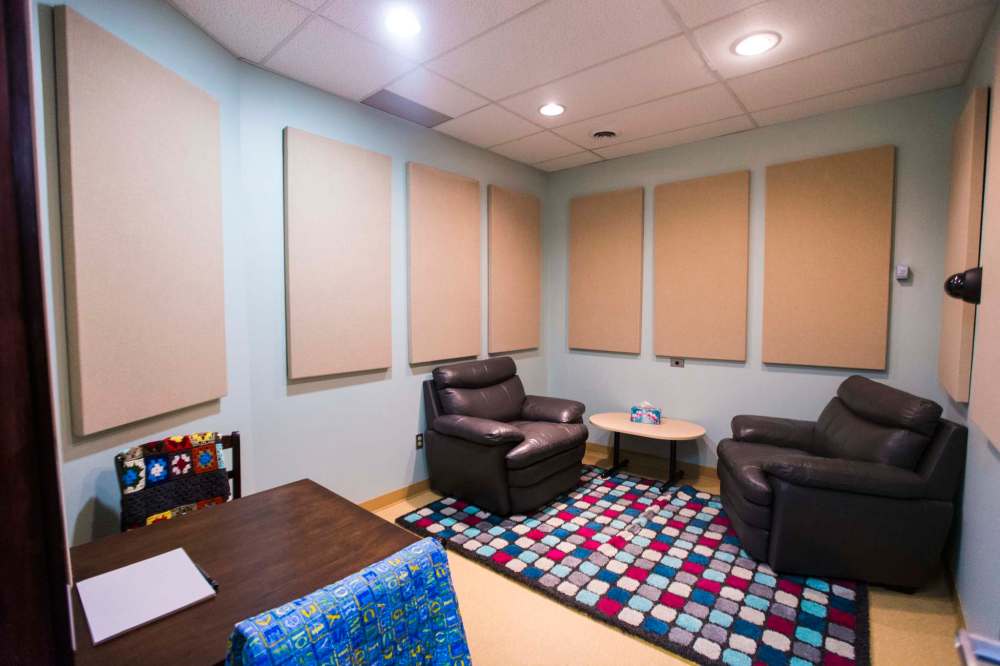
There’s still a lack of data about whether children feel less traumatized by reporting abuse to centre staff instead of at a police station. In a recent federal government report, researchers noted more studies are needed on that issue, as well as whether advocacy centre staff suffer vicarious trauma.
Instead of going to a police station, children and their families go to Snowflake Place. There’s an average of 259 referrals a year, the majority of which are from RCMP. The Winnipeg Police Service, which has its own child-abuse investigation unit, referred 139 cases last year. When they arrive, caregivers meet police, CFS and victim services all in one place. The victims sit down with interviewers who are specially trained to talk to children, and whose only job is to hear from them.
Numbers of children interviewed at Snowflake Place 2016-17
Source: Snowflake Place annual report
“I don’t think you ever get used to the content. It’s probably the darkest place that people can (go), that you’re going to listen to, the stuff that we hear,” says Mike Chiborak, who spent 27 years as a police officer before joining Snowflake Place as one of two independent child forensic interview specialists. He and Theresa Pickering were the first in Canada with that job title when they started interviewing child victims full time at Snowflake Place in January 2015.
“How we get around the difficult subject matter is knowing that, I can go and I can bury my head in the sand and pretend this stuff doesn’t happen,” says Pickering, who has more than 20 years of experience as a social worker. “But for me, this is an important issue. These are real child victims and they need advocates and they need people who get it, and we get it. So we show up for them. I think it’s all adults’ responsibility to take care of children as a community, as a city, as a province. We need to show up for these kids,” she says.
On a rare weekday morning with no child interviews scheduled, Pickering and Chiborak open up about their work and dealing with disclosures of child abuse.
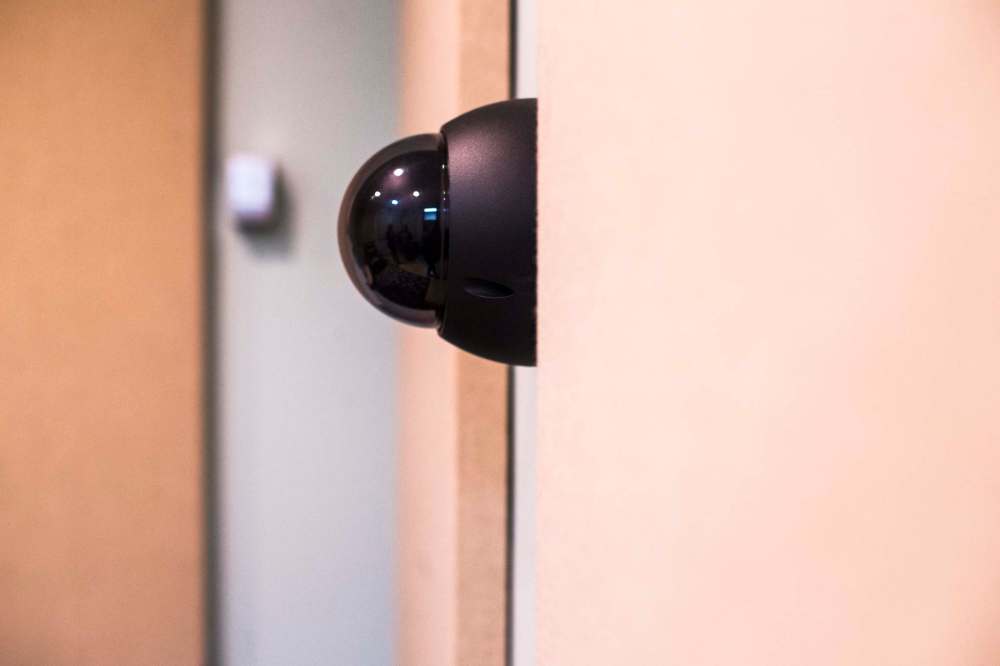
“I still think we’re only at the tip of that iceberg of really how bad it could be,” says Chiborak. “I think there’s a lot more kids coming forward and making outcries and disclosures, but I think there’s still a lot that just aren’t there yet… that aren’t coming forward.”
Cases referred to Snowflake Place in 2016-2017
Source: Snowflake Place annual report
The days of “just the facts, ma’am,” are over. They want children to give them the full story about what happened. It’s not as simple as staying away from leading questions that could confuse a child. Their training has taught them subtle ways to encourage conversation. They don’t interrogate, and they don’t interrupt. Even little, seemingly innocuous words such as “OK,” can sometimes make a child clam up.
“We both did child interviews before we were in these roles. We kind of cringe when we think about our old interviews, because we know we weren’t doing them the way an optimal interview (is done) like we are doing now,” Pickering says. Their work is peer-reviewed, and they are expected to keep up with new research and best practices – things that non-specialized, busy police officers and child-welfare workers don’t have time to do.
Still, they’re quick to stress there’s no perfect interview. They’re all different, just like each child. Educating other agencies about stereotypes in victims’ behaviour has become part of their job, and they can usually tell a child is telling the truth.
“Sometimes, erroneously, people think that a lack of emotional impact in a young-aged child speaks to their credibility, but (that’s) not so. They just didn’t process it in that same way as someone who has an understanding, so they speak matter-of-factly, and young-aged children bounce back and forth,” Pickering says.
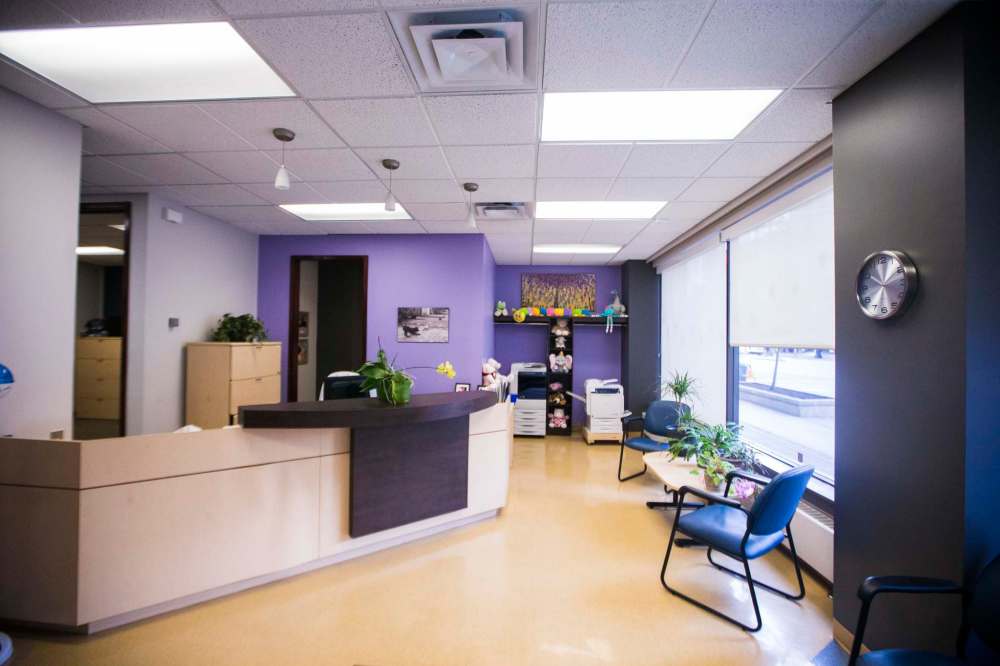
But they know how the court process works, and they know a child’s statement is most likely going to be the prosecution’s key evidence if the sexual abuse case goes to court. It’s up to them to give children the best chance to tell their story.
“What really takes away some of the pressure is we’re really motivated to get to the truth. I don’t want somebody wrongfully accused of something they didn’t do, although false disclosures, especially in sexual abuse cases, we’re finding they’re pretty rare,” Pickering says.
They want the truth, and they want a statement that can stand up in court. They work with police and child-welfare agencies – who monitor the interviews as they happen — to make sure everyone’s on the same page about the investigation. The statements are recorded on video, which will be played in court if the case gets that far.
“We have enough experience to know the court process and what kind of questions defence are going to ask, so we try to tailor some of the questions in a very open and non-leading way to have them answered before they get (there),” Chiborak says.
It’s unclear whether their work is helping police lay more criminal charges, or helping prosecutors secure more convictions. Neither Snowflake Place nor Manitoba RCMP keep reliable statistics on the numbers of cases referred there that have led to charges or convictions. But as independent interviewers, Pickering says, that’s not their goal when they talk to children.
“The purpose of telling us your story today isn’t so that some guy’s going to jail, you know what I mean? I don’t want to set that up. It’s really about that child’s healing. That you told your story and you did so in a safe place.”
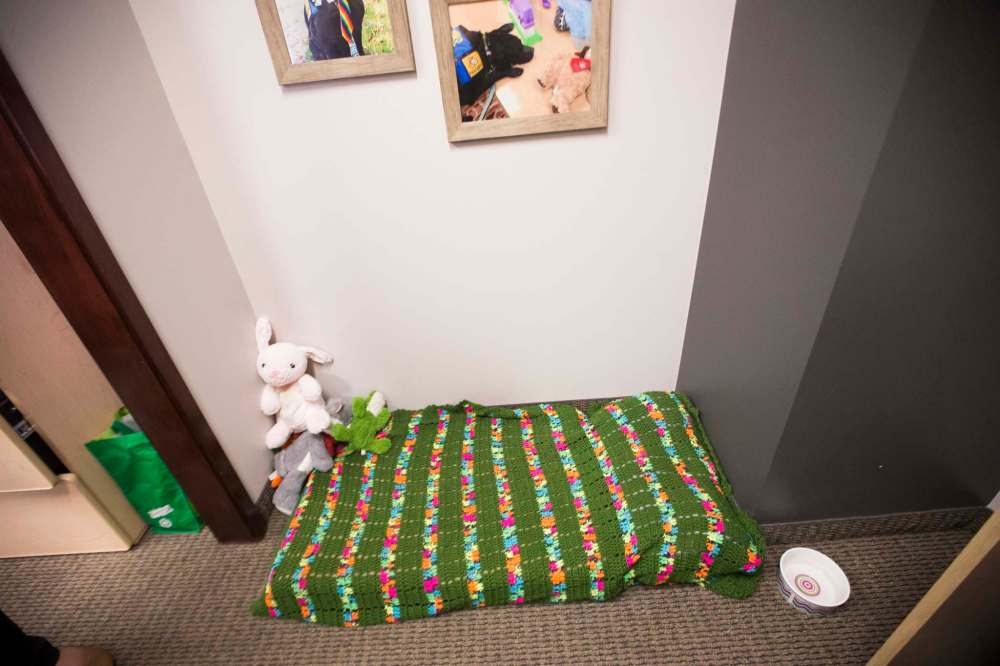
Pickering says she sees Snowflake Place as a bridge between local agencies and getting children the help they need. Families who go to Snowflake Place can be referred to counselling services.
“In a forensic interview, I can’t say, ‘I’m sorry this happened to you; how did that make you feel?’” Pickering says. “We can’t go there. So I don’t get to do that piece, but I know somebody will.”
***
The interview room is a few steps down the hallway, past the tiger. A soft, chenille rug is the bridge between two leather easy chairs, positioned so the smaller of the two chairs faces a little circular camera on the wall. Often, the interviewer and the child will skip the chairs altogether and sit on the floor.
“I thought what a great idea, to just put yourself at her level. It’s the little things like that,” recalls RCMP Const. Josee Neudorf. About a year ago, the officer sat in an office on the other side of the interview room wall, watching on a video monitor as a quiet four-year-old girl got visibly more relaxed.
“It’s amazing how quickly you can see just by the posture of the child, you know, the body language, how they’re opening up, (going from) having their head down and their arms crossed to all of a sudden they’re looking up and they’re sitting more comfortably,” Neudorf said. “You can tell that they feel comfortable. You can definitely see that, just from the monitoring room.”

The girl was referred to Snowflake Place because she’d told someone she’d been hurt. RCMP decided to launch an investigation, but they needed a statement from her. Neudorf remembers feeling unsure about whether the statement would give police much to go on. The girl, after all, was only four.
“But at the end of the day, for this four-year-old, I was just blown away by the quality of the statement – how well she articulated herself and how the investigators at Snowflake Place were able to get the information we needed to proceed with our investigation. They just have a way of making children feel extremely comfortable,” Neudorf said.
“A lot of times, especially for a child coming to a police station, they might have the impression that they did something wrong and they might be feeling guilt already about the incident that happened. Minimizing that, being able to bring them to Snowflake, not to a police station, it just kind of reduces that trauma, the stress.”
***
Children’s rights and child protection have come a long way, says Classen of the Canadian Centre for Child Protection. But there’s still a long way to go. Research shows about one in 10 children will experience some form of sexual victimization before they turn 18, but more than 90 per cent of child abuse cases go unreported. While applauding progress made to support kids when they disclose the abuse, Classen says adults must do more to prevent it.
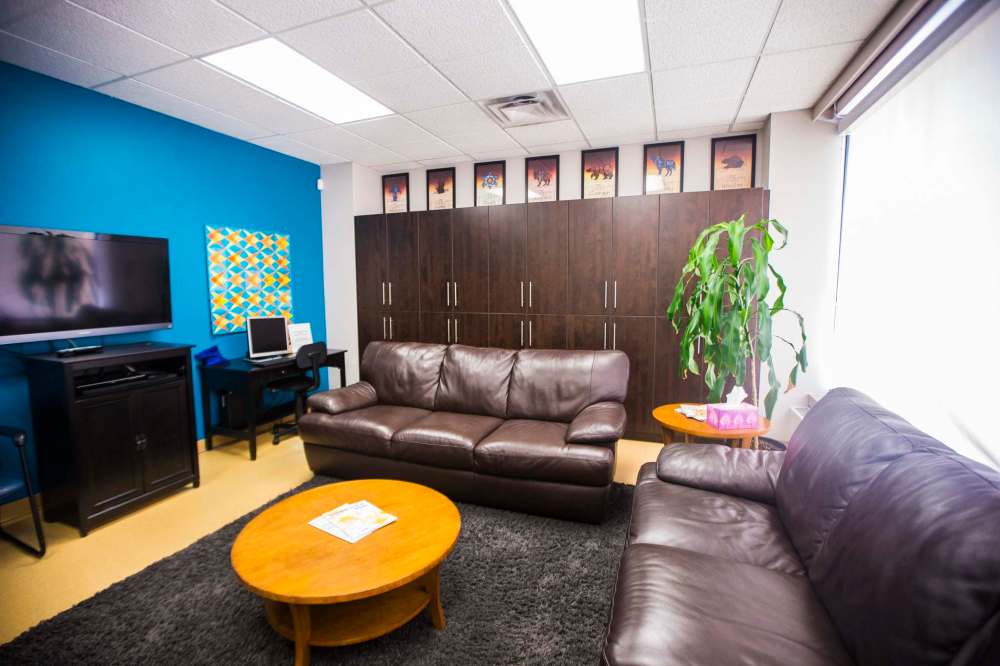
“We have to get to (the point of) not relying on children to be the ones who have to come forward with this information in order to get some help and some support, because we know kids don’t disclose. I feel like we can’t put all the onus on kids,” she says.
“I think we need adults around children who are equipped with knowledge and who are willing to put kids first in terms of the protection of children, which means they’re going to have to question people that are in their immediate lives, that they care about… really questioning behaviour when it’s inappropriate.”
katie.may@freepress.mb.ca Twitter: @thatkatiemay

Katie May is a general-assignment reporter for the Free Press.
Our newsroom depends on a growing audience of readers to power our journalism. If you are not a paid reader, please consider becoming a subscriber.
Our newsroom depends on its audience of readers to power our journalism. Thank you for your support.




